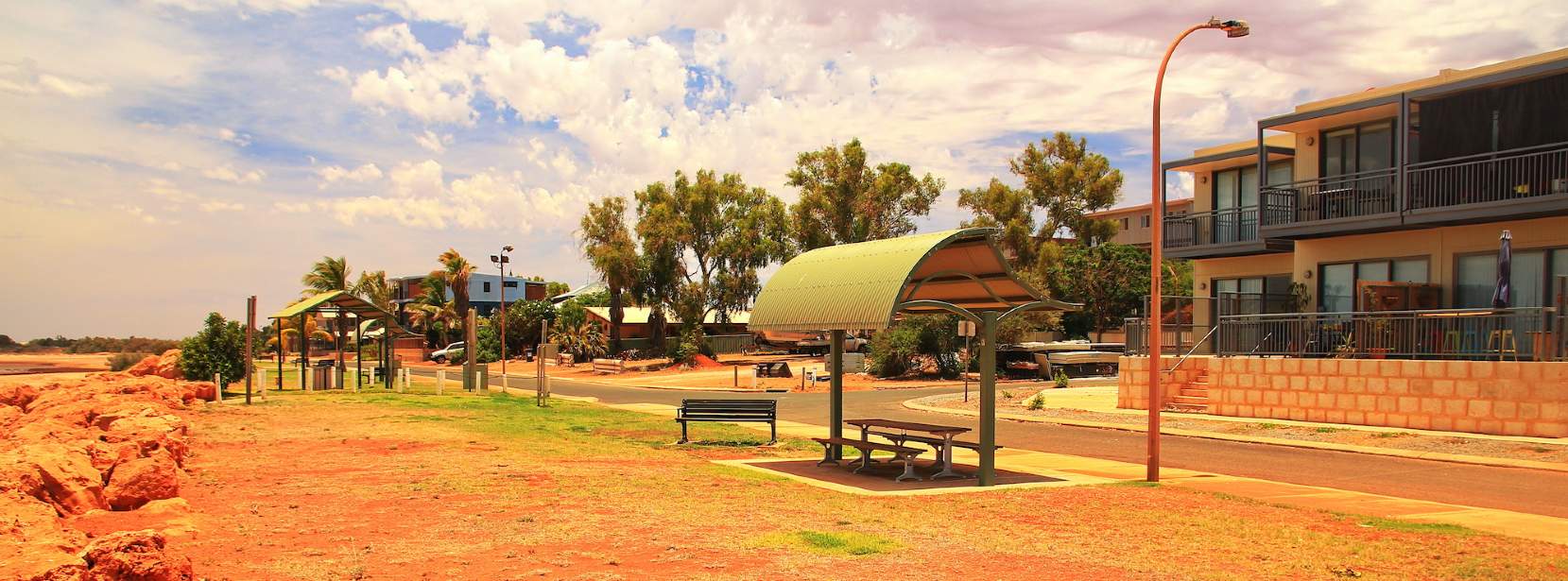Those participating in the mass exodus from cities in favour of greener, rural pastures are encountering an unfamiliar scenario. Unlike towns and cities, the world’s most remote locations are not blessed with cheap, reliable grid connections. Instead, many rely upon aging infrastructure or standalone systems that in turn rely upon alternative fuels such as oil, liquid petroleum gas and solid fuels – as expensive as they are bad for the environment.
Such compromises could well dissuade some from escaping to the country, but could the situation change in the near future? The advent of renewables, energy storage and smart grids could well see rural locations leapfrog ahead of their urban counterparts to a comfortable, secure and sustainable lifestyle. Indeed, some of the world’s most remote regions have already made the leap to energy independence and self-sufficiency. For example:
- Isle au Haut, USA This community has taken the unique decision of equipping its microgrid with supercapacitors to smooth out the intermittency of solar power.
- Sustainable City, UAE On the edge of the fifth-largest desert in the world, buildings are designed to reduce energy demand by keeping heat out, minimising the need for cooling.
- Orkney, UK In a location that is so energy rich the Orkney Isles have had to find new ways to maximise grid capacity to make as much use of wind and wave power as possible.
- El Hierro, Canary Islands The island’s volcanic caldera now serves as a reservoir for pumped storage hydropower which reduces the volatility of energy supply from wind turbines.
- Onslow, Australia (pictured) Locatated in the Australian Outback so utilising solar power is the obvious choice. But how can communities co-ordinate all those solar assets? Onslow has found a way.
- Tokelau, New Zealand In 12 months these small Pacific atolls went from burning 200 litres of fuel a day to being 100 per cent self-sufficient with solar power.
Combining the near-untarnished beauty of these isolated locations with the comfort and convenience of an almost endless supply of energy is a recipe for idyllic living.
The benefits are far more profound however. The volatility of energy prices, as well as the precarity of fossil fuel supply, are plain to see. It always used to be that these factors were accepted because the alternative, going off-grid, was perceived as being even more fraught with difficulties and uncertainty.
That perception is changing thanks to pioneering communities such as these. As well as drastically reducing their contribution to climate change, many of these locations have also significantly improved their long-term energy security and economic prosperity.
Of course, a community need not be remote or off-grid to learn lessons from these pioneers. The locations demonstrate that renewable energy can be adapted to the most hostile of conditions and the most outdated infrastructures. The systems can stand alone or be integrated into existing systems to begin the transition to sustainability.
With the benefits of energy security, price certainty and sustainability being coveted by all, these communities show there is no excuse to avoid renewables anymore.

.jpg)







.jpg)
.jpg)